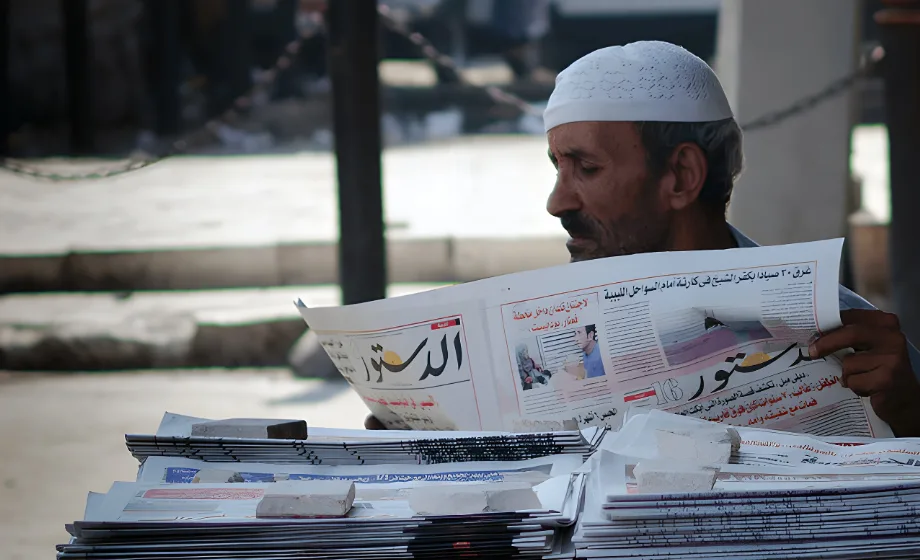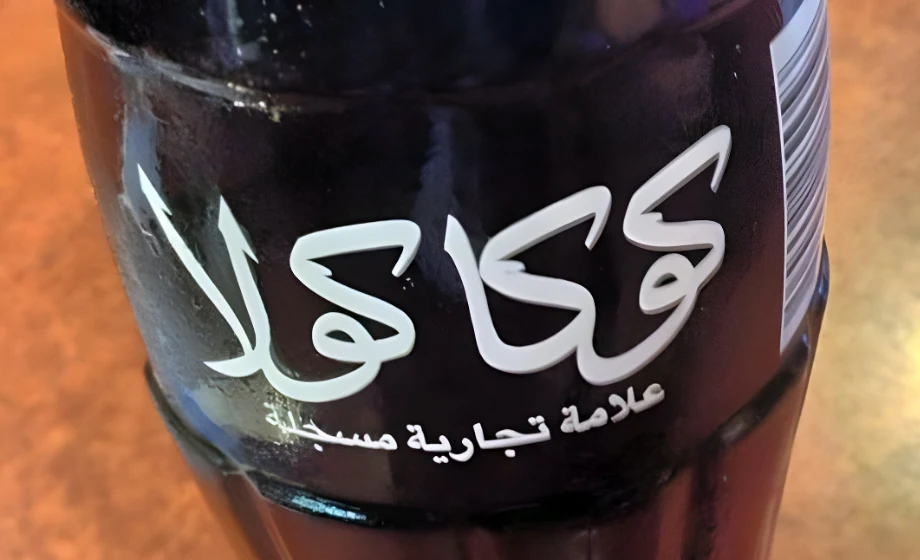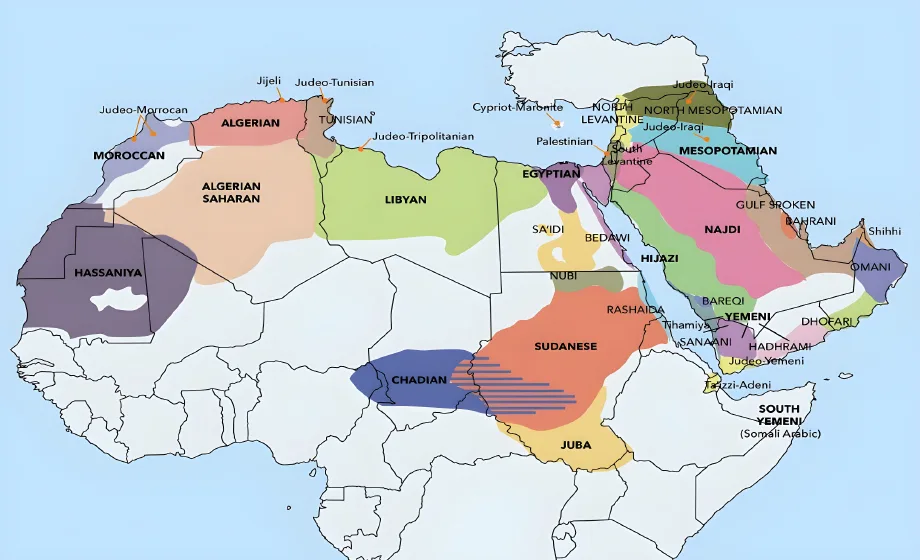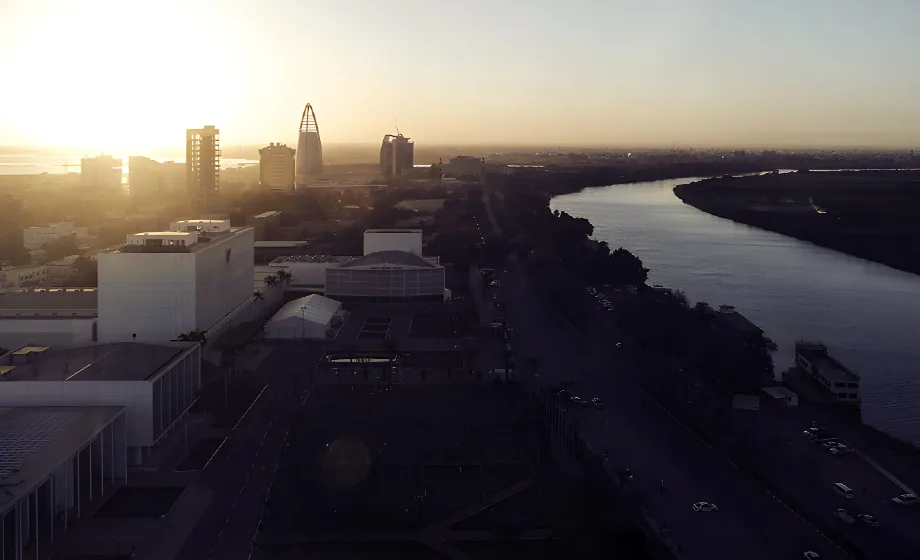While the journalistic text may seem simple at first, appearances can be deceiving. In fact, Arabic media translation is one of the trickiest things to get consistently right. Difficult terms are rarely the problem. Rather, the trouble comes from the differences between Arabic and English journalistic styles. Great translators must not only be sensitive to the cultural context but also be able to draft good “journalese” in the target language. Some of the most common challenges in Arabic-English media translation include:
1. Adaptation vs direct translation. Transmitting meaning from one language to another does not always go in a straight line. Rather, the meaning must be packaged within the conventions of the target language so it feels familiar to the audience. English journalistic style favors terse sentences that highlight the basic facts of the story. Arabic journalism style, particularly on the news analysis end of the spectrum, can be more complex. Translating from Arabic to English requires the linguist to rephrase and split long sentences into clear English prose. Going into Arabic requires the linguist to expand the text, avoid acronyms, and use a more sophisticated style with connecting phrases.
2. Idioms and stock phrases. English language journalists love to violate George Orwell’s advice against using well-worn turns of phrase. Idioms such as “reach across the aisle,” “full court press,” and “go all in” have meanings that originated in a specific domain but have come to take on wider meanings when seen in print. These can be devilishly hard to translate to Arabic because they are not found in standard dictionaries and would be downright silly if translated word-for-word into Arabic. Translators must be familiar enough in the source and target languages to identify these idioms and use them appropriately in the target text.
3. The Need for Speed. Media organizations are moving faster than ever. A long lag between the publication of an original article and its translation can mean precious hours lost to the news cycle. Global translation teams are a must in this context, as one translator or editor can pick up where the other left off, shaving precious minutes off the time to publication.
Our Approach to Arabic-English Media Translation
1. Multi-Time Zone Teams. Remote teams are part of our DNA. We have translators positioned throughout the Middle East, Europe, and North America. This gives us a 24/7 response capability for urgent media translations. This ensures that translation resources are always “on call” for our media clients when that critical project hits. We are able to customize service levels for specific client needs, just let us know.
2. Native Speaker Editors. Our two-linguist process, where one is a native speaker of the source language, and another a native speaker of the target, gives us a huge edge. It allows for a subtle understanding of the source language nuance, as well as native-speaker drafting of the target language. There’s a reason why media organizations, global think tanks, and other clients from around the globe rely on us for timely, and accurate translations of their news and analysis articles.
3. Quality Review & Lessons Learned. Languages are never static, and translator skills shouldn’t be either. Each member of our team brings unique expertise and background to the job, and it’s our responsibility to share these with each other so that we can all benefit. Our team has a weekly training call in which we discuss difficult translation problems we’ve encountered and share lessons learned with the team. This has supercharged our team’s ability to tackle tricky media expressions. You can read several interesting examples of these terms and we suggested Arabic translations here.
Recent Media Translation Case Studies
A few recent media projects we’ve worked on:
- The New York Times.Translated a series of feature articles into Modern Standard Arabic. Example articles are here, here, and here.
- Journalism Training Courses. Translated multimedia courses into Arabic on effective mobile phone news production. Course content included reporting in conflict zones, journalism ethics, operational security, video production, and dissemination.
- Daily Translations of Arab Political Analysis. Several think tanks rely on us for the next-day translation of political and economic analyses. They appreciate our skill in turning complex Arabic prose into succinct English journalese and vice versa. We regularly translate and layout (using Adobe InDesign) longer reports as well.
- The Arabist. Publish periodic Arabic to English translations of articles from the Arabic media. Read the full series here.
- Egyptian, Tunisian, and Syrian Interview Transcription.Transcribed, with timestamps, a series of interviews for a documentary film on the Arab Spring revolts.
- Gulf Arabic Translation & Subtitling.English subtitles for dozens of hours of interviews on the life of a high-ranking GCC official. The source material was a mix of the Gulf dialect and fusha (Modern Standard Arabic).
Creative Commons image courtesy of Essam Saad.



